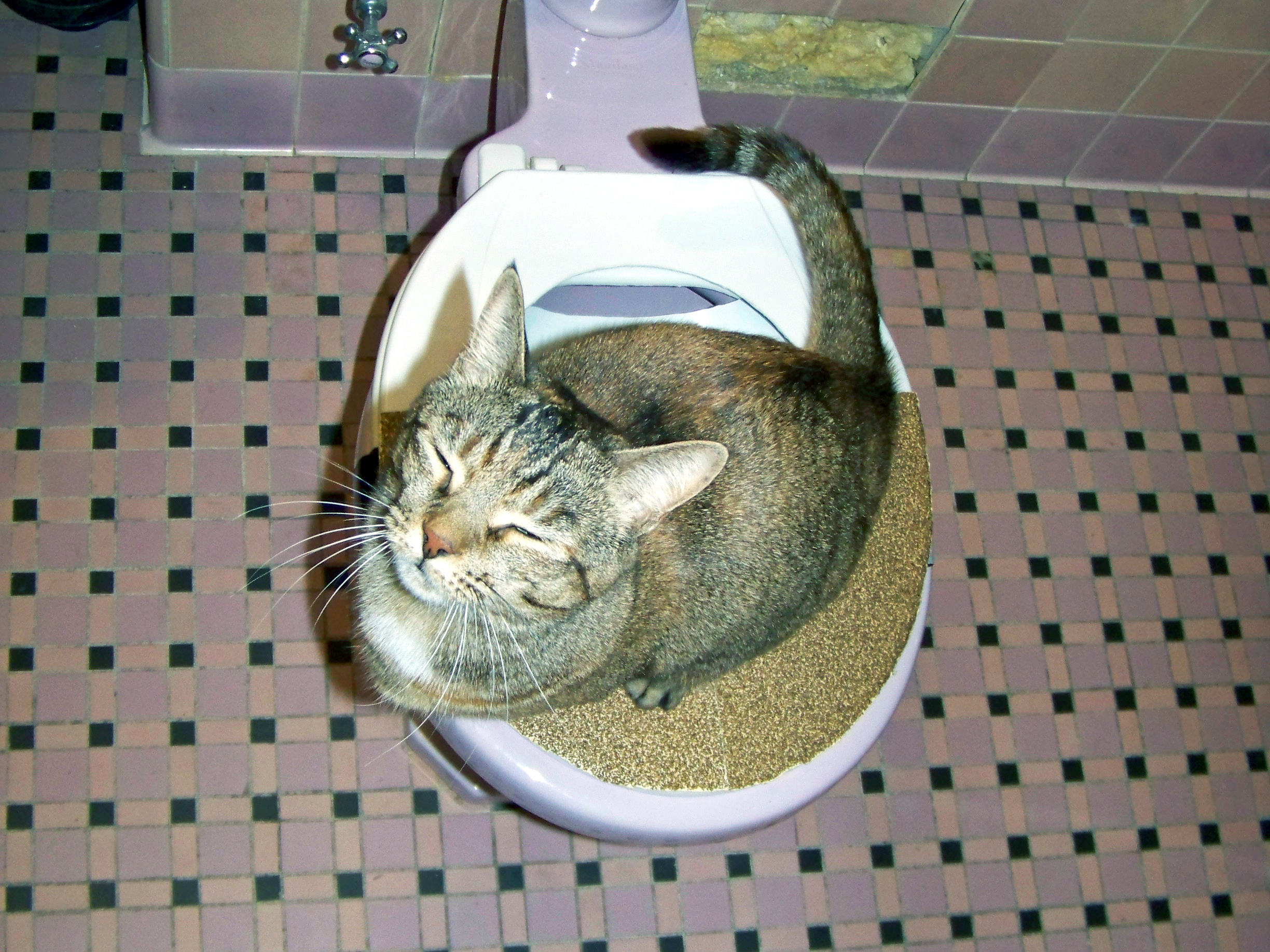Potential Risks of Flushing Cat Poop Down Your Toilet - Advice for Safer Disposal
Potential Risks of Flushing Cat Poop Down Your Toilet - Advice for Safer Disposal
Blog Article
We've found this great article about How to Dispose of Cat Poop and Litter Without Plastic Bags down the page on the net and accepted it made perfect sense to discuss it with you in this article.

Introduction
As pet cat owners, it's essential to bear in mind just how we throw away our feline good friends' waste. While it might seem convenient to purge pet cat poop down the bathroom, this method can have damaging consequences for both the setting and human wellness.
Ecological Impact
Flushing pet cat poop introduces unsafe pathogens and parasites into the water supply, posturing a considerable threat to aquatic ecosystems. These pollutants can negatively affect aquatic life and compromise water quality.
Health and wellness Risks
Along with environmental problems, flushing feline waste can additionally pose health and wellness threats to humans. Cat feces may have Toxoplasma gondii, a parasite that can cause toxoplasmosis-- a potentially extreme illness, especially for expectant females and people with weakened immune systems.
Alternatives to Flushing
Luckily, there are more secure and more responsible ways to take care of cat poop. Consider the complying with options:
1. Scoop and Dispose in Trash
One of the most usual approach of disposing of cat poop is to scoop it into a naturally degradable bag and throw it in the trash. Make certain to make use of a committed clutter inside story and dispose of the waste promptly.
2. Use Biodegradable Litter
Opt for biodegradable cat litter made from materials such as corn or wheat. These trashes are environmentally friendly and can be safely dealt with in the trash.
3. Bury in the Yard
If you have a yard, consider hiding pet cat waste in a marked location away from vegetable gardens and water sources. Be sure to dig deep enough to stop contamination of groundwater.
4. Mount a Pet Waste Disposal System
Buy a family pet garbage disposal system particularly developed for cat waste. These systems make use of enzymes to break down the waste, lowering smell and ecological effect.
Final thought
Responsible pet possession prolongs beyond providing food and sanctuary-- it likewise includes proper waste management. By avoiding purging cat poop down the toilet and going with alternate disposal methods, we can minimize our ecological footprint and protect human wellness.
Why Can’t I Flush Cat Poop?
It Spreads a Parasite
Cats are frequently infected with a parasite called toxoplasma gondii. The parasite causes an infection called toxoplasmosis. It is usually harmless to cats. The parasite only uses cat poop as a host for its eggs. Otherwise, the cat’s immune system usually keeps the infection at low enough levels to maintain its own health. But it does not stop the develop of eggs. These eggs are tiny and surprisingly tough. They may survive for a year before they begin to grow. But that’s the problem.
Our wastewater system is not designed to deal with toxoplasmosis eggs. Instead, most eggs will flush from your toilet into sewers and wastewater management plants. After the sewage is treated for many other harmful things in it, it is typically released into local rivers, lakes, or oceans. Here, the toxoplasmosis eggs can find new hosts, including starfish, crabs, otters, and many other wildlife. For many, this is a significant risk to their health. Toxoplasmosis can also end up infecting water sources that are important for agriculture, which means our deer, pigs, and sheep can get infected too.
Is There Risk to Humans?
There can be a risk to human life from flushing cat poop down the toilet. If you do so, the parasites from your cat’s poop can end up in shellfish, game animals, or livestock. If this meat is then served raw or undercooked, the people who eat it can get sick.
In fact, according to the CDC, 40 million people in the United States are infected with toxoplasma gondii. They get it from exposure to infected seafood, or from some kind of cat poop contamination, like drinking from a stream that is contaminated or touching anything that has come into contact with cat poop. That includes just cleaning a cat litter box.
Most people who get infected with these parasites will not develop any symptoms. However, for pregnant women or for those with compromised immune systems, the parasite can cause severe health problems.
How to Handle Cat Poop
The best way to handle cat poop is actually to clean the box more often. The eggs that the parasite sheds will not become active until one to five days after the cat poops. That means that if you clean daily, you’re much less likely to come into direct contact with infectious eggs.
That said, always dispose of cat poop in the garbage and not down the toilet. Wash your hands before and after you clean the litter box, and bring the bag of poop right outside to your garbage bins.
https://trenchlesssolutionsusa.com/why-cant-i-flush-cat-poop/

We hope you enjoyed reading our topic about Can You Flush Cat Poo or Litter Down the Toilet?. Thank you for finding the time to browse our content. Do you know about another person who is in the market for the subject? Why not promote it. We recognize the value of reading our article about How to Dispose of Cat Poop and Litter Without Plastic Bags.
Click Here Report this page